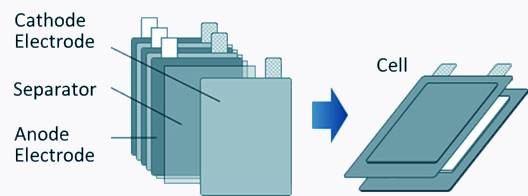The Important of Separator of Battery Cell
The Internal Protective Material of Battery Cell
As we know, each lithium battery is composed of four essential parts: the anode and cathode, the electrodes that bookend each lithium-ion cell, a liquid electrolyte, and a separator.
While the cathode and anode determine the basic performance of a battery, electrolyte and separator determine the safety of a battery, the functions as a physical barrier keeping cathode and anode apart. It prevents the direct flow of electrons and carefully lets only the ions pass through the internal microscopic hole.
Commercialized separators commonly found on the market today are synthetic resin such as polyethylene (PE) and polypropylene (PP).
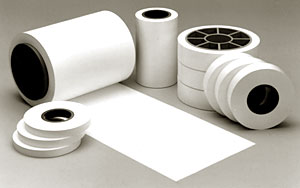
The diaphragm is a special kind of separator, one of the basic materials of battery, normally we just call separator. Before diaphragm appears, paste paper was widely used as a separator in paste and board battery. When the battery industry develops into alkali battery and secondary battery, paste paper can no longer meet the requirement of battery design. With its advantages in many indexes, the diaphragm took the position as separators.
3 Types of Diaphragm of Grepow
High Gap Diaphragm
Lithium battery diaphragm used to separate the anode and cathode, but there are microscopic holes in them to facilitate the passage of lithium ions. The size of pore affects the internal resistance and short circuit rate of the battery. The size of the pore size determines the permeability of the diaphragm. Therefore, it is necessary to control the diameter and size of the microscopic hole to prevent the perforation of the membrane from forming a micro short circuit of the battery while ensuring the passage of more lithium ions. High gap diaphragm allows it to achieve a more uniform pore distribution which in turn can reduce internal resistance and improve discharge performance of our batteries.
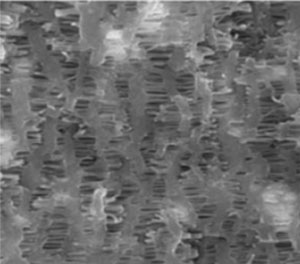
Section SEM portrait
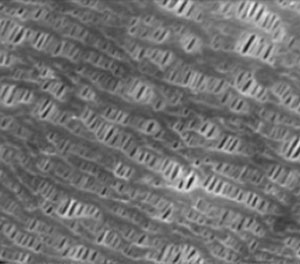
Surface SEM image
Ceramic Diaphragm
In 2008, further improvements were made by adding a ceramic-coated separator. Ceramic particles do not melt and this addition provides a further safety level. The ceramic diaphragm is also used on lithium cobalt oxide (LCO) cells that charge up to 4.40V/cell instead of the traditional 4.20V/cell. The ceramic coating works in tandem with the PE and PP layers and is placed next to the positive side to prevent electrical contact. The surface-coated nano-ceramic battery separator has the advantages of high-temperature resistance, high voltage resistance, high puncture and high liquid absorption, which can greatly improve the heat shrinkage of the diaphragm and improve the safety and reliability of the battery.
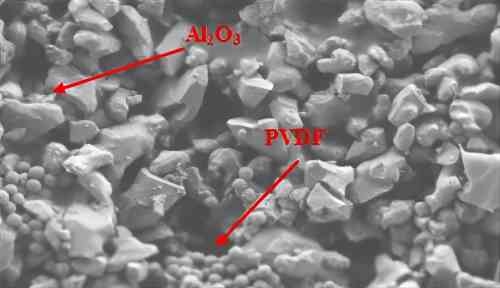
Ceramic Diaphragm According to UL1642 heating for 30min (hot oven 130℃)
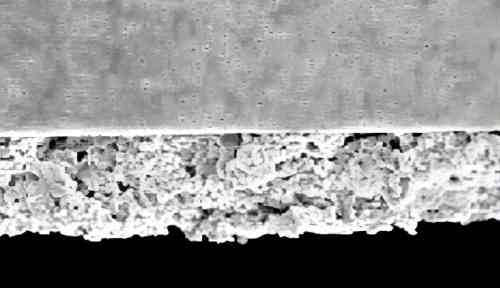
Ceramic Diaphragm Cell opening, no fire, no explosion, weight loss ≤ 10%
Ultra-thin Diaphragm
Separators are getting thinner. A thickness of 25.4μm (1.0 mil) is common but some go down to 20μm, 16μm and now even 12μm without significantly compromising the properties of the cell. (One micron, also known as µm, is one-millionth of a meter.) The separator with electrolyte in modern Li-ion only makes up 3 percent of the cell content. The Grepow Ultra-thin diaphragm material thickness of only 9um (Battery size: 5.7mm*42mm*85mm) reduces the internal resistance of the battery and increases the volumetric energy density of the battery.


Learn more about battery
Keep an eye on Grepow’s official blog, and we’ll regularly update industry-related articles to keep you up-to-date on the battery industry.
Grepow: https://www.grepow.com/
Grepow Blog: https://www.grepow.com/blog.html
Related Articles
-
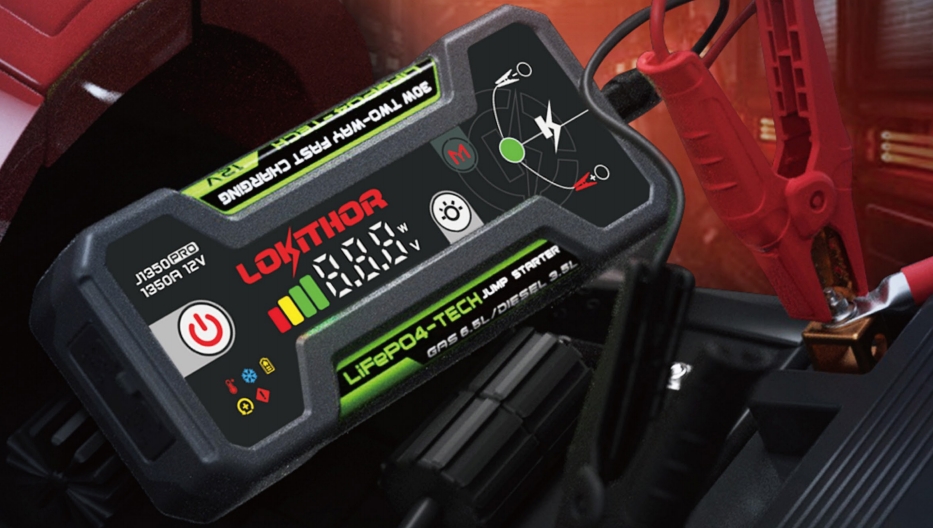
The Ultimate Guide to Grepow Jump Starter
2025-03-27 -
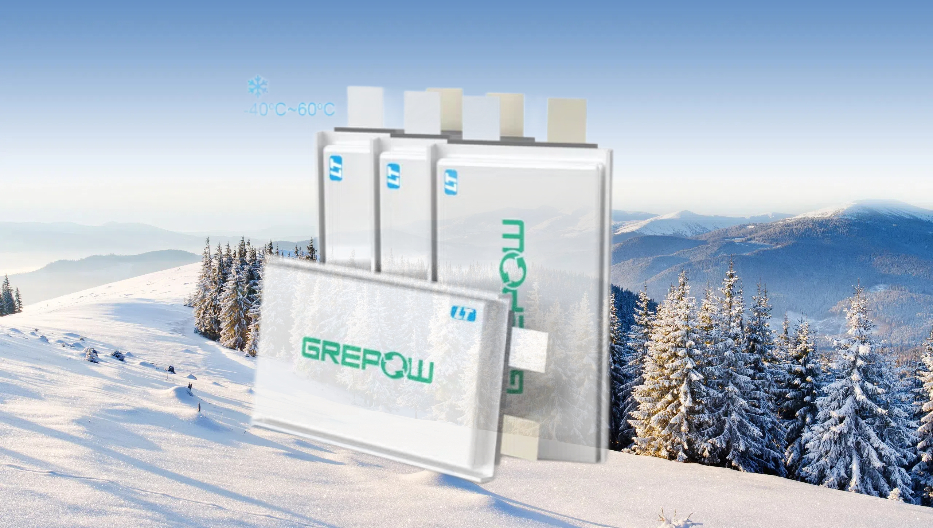
How to Choose Lithium Batteries for Cold Weather?
2024-09-19 -
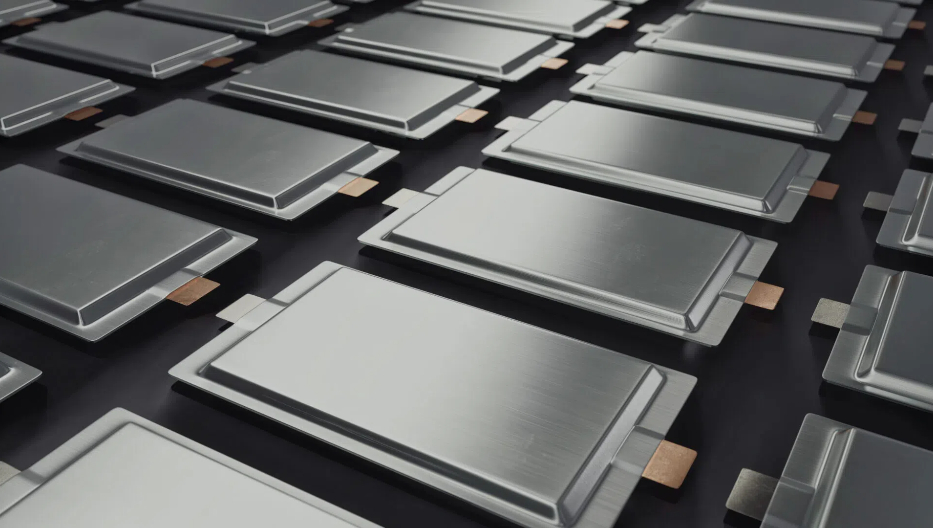
Next-Generation eVTOL Battery Technology
2024-08-22
Related products
-
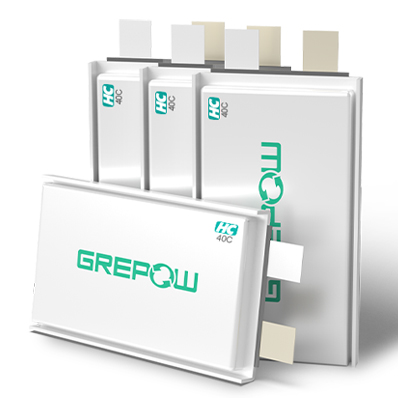
40C High Discharge Battery - High C Rate LiPo
-
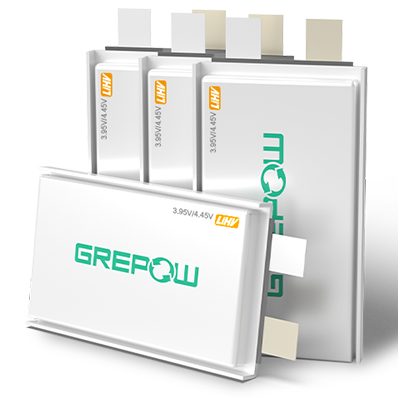
3.95V/4.45V High Voltage Cells
-
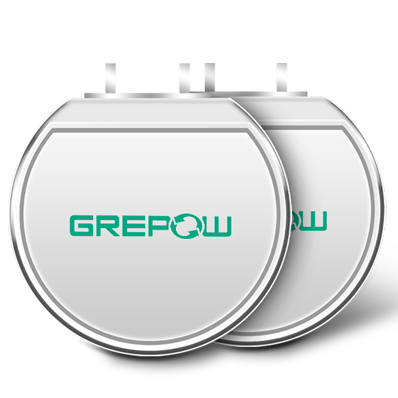
Pouch Round Lipo Battery











































